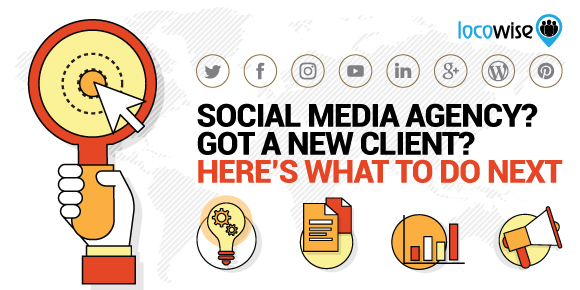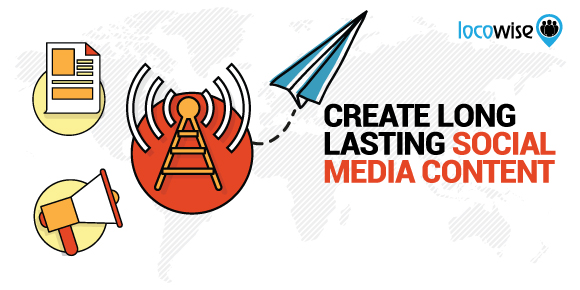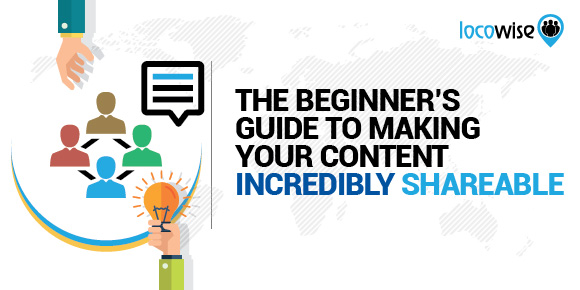Social Media Agency? Got A New Client? Here’s What To Do Next
Sahail Ashraf posted on 9 November 2016
Social media agencies have it tough, because one of the very first things they have to do when they have won a new client is develop a content strategy for them. Initially, it can seem pretty easy. What is the client doing, and is it working? But after a while it soon becomes clear that your new client has a very complex set of needs, and the audience it caters for is also distinctly lacking in simplicity. The upshot is that the agency has to bend over backwards and work hard to find a legitimate way forward, while also at the same time reassuring the client that the new content strategy will make sense and bring ROI. It’s no easy feat, but we’ve put together a gameplan that should allow any agency to create a high quality strategy that will help whenever it meets a new client.

First, get to know the client quick
Kind of goes without saying, but getting to know the client on a deep level makes all the difference when you’re aiming to create a content creation strategy for them. It’s also vitally important that you know more than a little bit about the industry the client is operating in.
If they are in retail, what are the trending topics and news items that you’ll need to create content around? A client in the entertainment business will have a ton of topics you can jump on immediately and get that content train rolling with. Know the industry and plug into the space as soon as you can so you are on the client’s wavelength. If anything, it will make the initial meetings less awkward if you know where they are coming from.
Going back to getting to know the client quickly, the principle aim here is to understand what makes them tick. What drives them and what are they trying to give their customers? Take the time to find out what fundamental message informs everything they do. This way, you will have an understanding of the tone and the message itself. Remember, in all the content, the voice of the brand has to be present. Otherwise, it’s not real branding.
Then, find out what they want
Social media content is an incredibly complex thing. Done right, it can fulfill a number of different requirements and hit a wide range of objectives. Once you have become familiar with the client, and you know the general message they want to convey, you can start thinking of the content itself. This is where it gets a little easier because once the client has made clear what the purpose of the content is going to be, or what they want from it, you can start to create the stuff.
Perhaps it is best if we break down the common ‘wants’ into specific areas. This way it will be easier to understand how ‘wants’ guide the content you will create.
The Wants: Get noticed
This is particularly obvious when a brand is up and coming, or it is a startup. The main concern for this brand is to get noticed online. The social media content you produce will have to serve this agenda. Social has always been especially good at creating a buzz and disrupting the status quo, so if your new client wants to stand out and make an impact, you’re in a good place.
Take a look at their industry and use your creatives to find a new way of presenting the key concepts, messages and news. Use a short video, for example, to provide a funny take on an age-old concept in their field. Create memes and make them a regular fixture on their Twitter. Whatever you need to do to be different, do it.
If a client needs to get noticed and this is the number one priority, sticking to the old tried and tested stuff isn’t going to work. And it will put a strain on the relationship you have if you suggest content ideas that are boring. So get quirky, focus on the message, and make it your mission to develop visual, snappy content that makes people sit up and take notice.

Even if the message is as old as the hills (‘Clean your teeth twice a day because it’s good!’), using a funny mascot in a short video that surprises people on the street with his giant toothbrush meets the ‘get noticed’ requirements easily. You get the picture.
Video is short and immediate, and obviously visual. If you have the budget, go all in and aim to create something unique, but something that hits the right industry notes while also maintaining those client messages.
The Wants: Buy from us. We know what we’re doing
Maybe the awareness thing isn’t that important anymore. The client has a presence (maybe a strong video or two or a popular Facebook presence) and now wants to establish the authority that makes people want to buy from them and not a direct competitor. It’s about dominating the space. And your agency can help with this.
The key here is to focus on building a bedrock of high quality content on social. Education is what it is all about. Create blog posts that are so well-researched they leave an audience in awe. Detailed, fact-filled content that assures the audience that the client knows what it is talking about and it can help with any aspect of the customer’s problems in that industry. Don’t be afraid of creating a huge, intelligent 5000 word blog post for example, and then sharing it to the nth degree on social media. It’s laying down the groundwork for serious authority and it will bring your client huge kudos. Your job here is to get to know the industry, the voice (again), and to develop deep content that will be shared, simply because it is incredibly useful.

The same goes for video too. You are limited to some degree on Facebook, where long videos aren’t welcome. But you can work with strong instructional videos on YouTube, again focusing on making sure that your extensive research is obvious.
Create infographics and make sure they blow up on Twitter and Facebook. Hit Instagram with them too. As long as they are incredibly visual and eye-catching, they will work.
Remember, this is a key part in your client’s content development journey. Only focus on this if they have a specific need to establish a position in the industry.
The Wants: A real superhighway
Sometimes a client simply wants a bunch of traffic to come their way. Maybe they have to build an audience and they are focused on getting more eyeballs to their main site. This means that you, as an agency, have to work especially hard to use social media to boost traffic. It’s easier than you think.
Backlinks come through great content curation. If your client really wants traffic to be boosted, and it’s to be a major feature of their content strategy, then you have to curate a ton of content on a consistent basis. Content curation is all about servicing your client’s audience on social, but then also linking back to your hub site in a meaningful way.
Content curation is a big thing, and it has become ever so slightly saturated. It’s easy to get a link, plaster it on your Twitter feed and then add another link back to the site that needs the traffic. The real game here is to find a fresh angle on the topic that the audience is into. Then curate all the content around that fresh angle. If it’s engaging and fun enough it will gain interest and engagement, and that will lead to your site gaining backlinks.

Getting traffic through social media is all about working that new angle your creatives found. A fresh approach to an industry will set your client apart for competitors and allow a whole new traffic source to open up.
A word about the brand personality
Taking the above into account you should be able to work out the kind of content that you will be creating for your client. But the final factor that should help centres around the personality of the brand you are now working for.
If the brand you now represent is fun and exciting, make the videos fun and exciting, the tweets quick and funny. If the brand is sedate, stoic and professional, concentrate on the right platforms for them (such as LInkedIn) and the right tone in the content your produce.
Ignore the brand personality and you are missing out on the ‘secret sauce’ your brand expects. As campaigns get underway, they’ll be expecting to see their voice develop, and feel their brand baked into the content. It’s your job to get the voice right.

Congrats on the new client
Now the real work begins. Get to know them and their industry. Then find out what they want. Put it all together with their voice and you should soon be able to create content consistently, and content that does the best job of all: it makes them happy and it meets their goals.
Need a metrics team behind you but don’t want to hire twenty people? Make it easy on yourself and grab a free trial of the LocoWise platform, for fourteen days. It has it’s very own ‘special sauce’.



